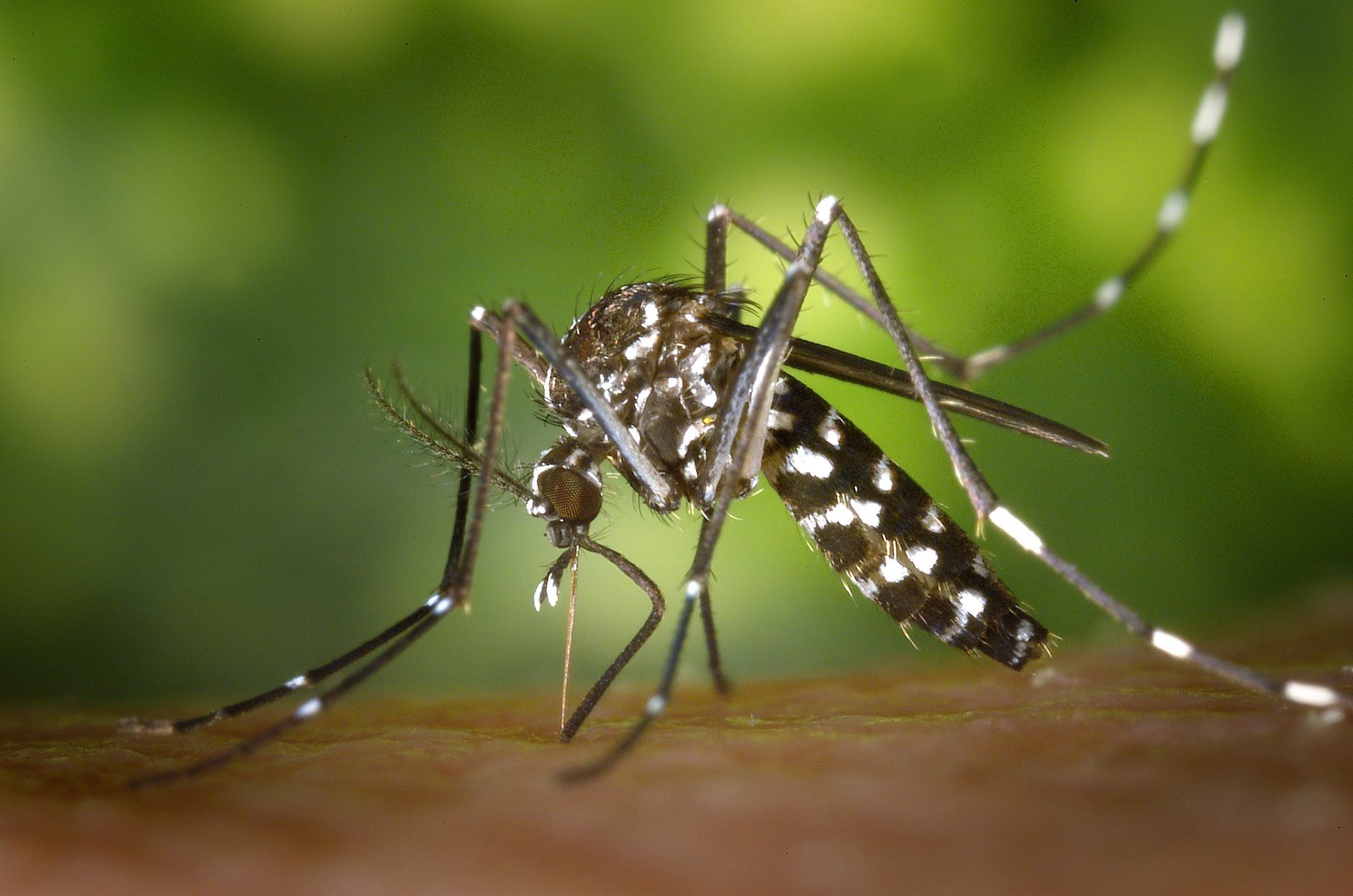Much like diarrhea, malaria is one of the main causes of death worldwide, especially for children under the age of five.
In numbers, half of the world’s population, 3.2 billion people, continue to be at risk of contracting this disease. Furthermore, malaria transmissions through mosquitoes are prevalent in 97 countries, with Sub-Saharan Africa being the most affected region.
According to Unicef, 2015 had an estimated 214 million malaria cases and 438,000 actual deaths. In Angola, for example, it is seen as one of the biggest killers in general and one of the most predominant causes of death for under five-year-olds.
These are overwhelming, and quite frankly, scary figures. The data is extracted from areas where the war against malaria is an ongoing theme. As scary as they sound, these numbers used to be a lot higher; between 2000 and 2015 malaria incidence has actually fallen by 37 percent and malaria deaths by an astonishing 60 percent.

A simple yet effective solution that led to this decrease is the use of insecticide-treated bed nets (ITNs). Essentially, the bed nets are simple nets that are hung up above people’s beds. They are treated with long-lasting insecticide(s), which don’t only work as a barrier to keep mosquitos away but also function as poison — slowly killing the malaria-carrying mosquito.
One net usually costs around $2 and lasts for several years. The distribution is usually combined with a short lesson on the effectiveness and proper use of the nets, which has been proven to be very efficient.
Local health staff is also trained in diagnosing and treatment of patients with malaria. In Zambia, a combination of all of these processes had reduced malaria deaths by 66 percent over the last years.

Malaria is still such a prevailing and long-standing issue, therefore a vast amount of research on the use of bed nets has been conducted.
Currently, bed nets are seen as the most cost-effective intervention against malaria and are an essential malaria prevention tool. Researchers agree that ITNs have played a major role in reducing the global malaria risk.
The malaria journal has published a paper declaring that the regional decline of the female mosquitoes population (the ones that suck your blood) is associated with the use of insecticide-treated bed nets in Kenya. Unicef studies conclude the promotion of an increased use of ITNs among the poor and rural in Ghana.
The World Health Organisation’s (WHO) research team believes ITNs still provide essential protection against mosquitoes and malaria and therefore recommend the use to be continued. Figures of another WHO study demonstrate significantly lower malaria rates in people that use ITNs.
Because ITNs have repeatedly been proven to be so effective they are one of the interventions that are regularly funded by the World Bank. If you donate to an organisation who’s programme includes bed nets there’s a high chance your money will be used efficiently.
➡️ One of these is the Against Malaria Foundation, whose main focus is the funding and distribution of bed nets. You can donate to them here.




